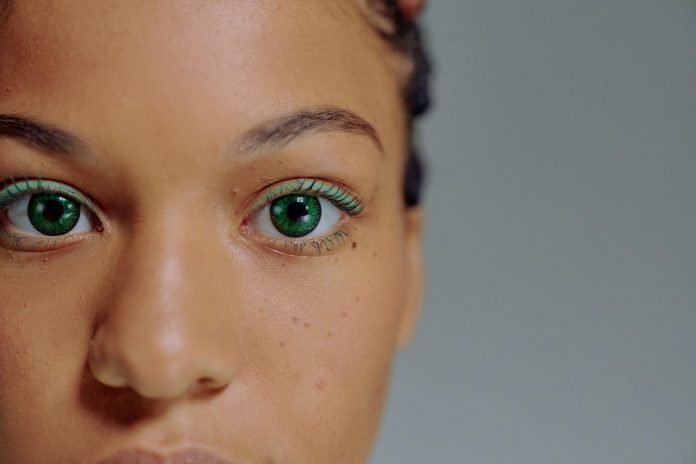Last Updated on March 12, 2024 by admin
Scleral lenses can help treat keratoconus. Patients may benefit from the treatment of this condition in order to have a better vision, and scleral lenses can be an excellent way to do this. They are usually fitted by an expert at an eye-care center. A person suffering from a congenital form of the disease may continue to wear a scleral lens after receiving a transplant.
In a recent case study, a patient with keratoconus had her eyes examined every six months to ensure that they were getting the best vision correction possible. A new set of lenses was prescribed, and the doctor used an Eaglet to map the eye’s contours. The first fit was successful, and she was able to wear the lenses for much longer than before. The lenses are designed to be comfortable, but they are not ideal for people with keratoconus.
The pros and cons of scleral lenses for keratoconus vary greatly. These lenses can help improve vision and relieve discomfort caused by keratoconus. However, they may not be suitable for every patient. For early staged kersucoma, patients may still use GP contacts. For those who experience uncomfortable eye pain and discomfort with contact lenses, large-diameter scleral lenses may be more appropriate.
In addition to providing improved vision and increased comfort, scleral lenses are also effective for those with high astigmatism. Because they are made of durable materials, scleral lenses may not be as expensive as soft contact lenses. The lenses may improve eye dryness and provide more comfort than soft lenses. As long as they are properly fitted, scleral lenses for keratoconus can help patients live a healthier life.
In addition to providing improved vision, scleral lenses for keratoconus patients have an advantage over glasses. They are designed to sit firmly on the cornea, reducing irritation and improving visual acuity. In addition to keratoconus, scleral lenses provide comfort and stability. They are often more expensive than traditional contact lenses, but they are a great option for many people.
Moreover, scleral lenses for keratoconus can be customized according to the patient’s needs. Advanced technologies have made it possible to create a lens that is tailored to a patient’s unique anatomy. Some of these advanced lenses even incorporate computer-aided design and software to guide the process of fitting them. While these advanced technologies offer better vision quality, they require specialized expertise and extra time. Despite their disadvantages, scleral lenses are not always appropriate for every patient.
The use of scleral lenses for keratoconus has helped many patients. Patients can now see clearly with their scleral lenses and can avoid wearing glasses. The lens can be fitted into a keratoconus patient’s eye in the office, so that it can fit comfortably and prevent discomfort. The lenses will help the patient maintain the same visual acuity as with conventional contact lenses.
Although scleral lenses for keratoconus have a high success rate, adverse effects are rare. Infections such as a bacterial infection can occur. Other adverse effects include improperly fitting lenses. Infections can occur in scleral lenses for keratoconus. These lens treatments are effective in treating keratoconus. The patient may even benefit from a corneal graft.
A scleral lens rests on the sclera, allowing it to fit over irregularly-shaped corneas. The exact diameter and space between the cornea and sclera will be determined by Dr. Naftali during the fitting process. The lens will be custom-fitted to your eye and will be a permanent fixation for the condition. Once the lens is fitted, it will fit properly.
The new GP lens designs have improved the shape of the cornea. This is why scleral lenses are better for people with keratoconus. In addition, they are more stable than conventional gas-permeable lenses. And they are more comfortable for the eye. A scleral lens for keratoconus patients has a higher degree of stability than a corneal gas-permeable lens.

























